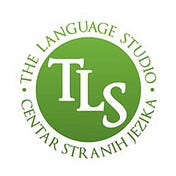The Language Studio

The Language Studio
tls.edu.rs // A center for foreign languages established with a mission to offer all-encompassing language services to both individuals and companies.

tls.edu.rs // A center for foreign languages established with a mission to offer all-encompassing language services to both individuals and companies.